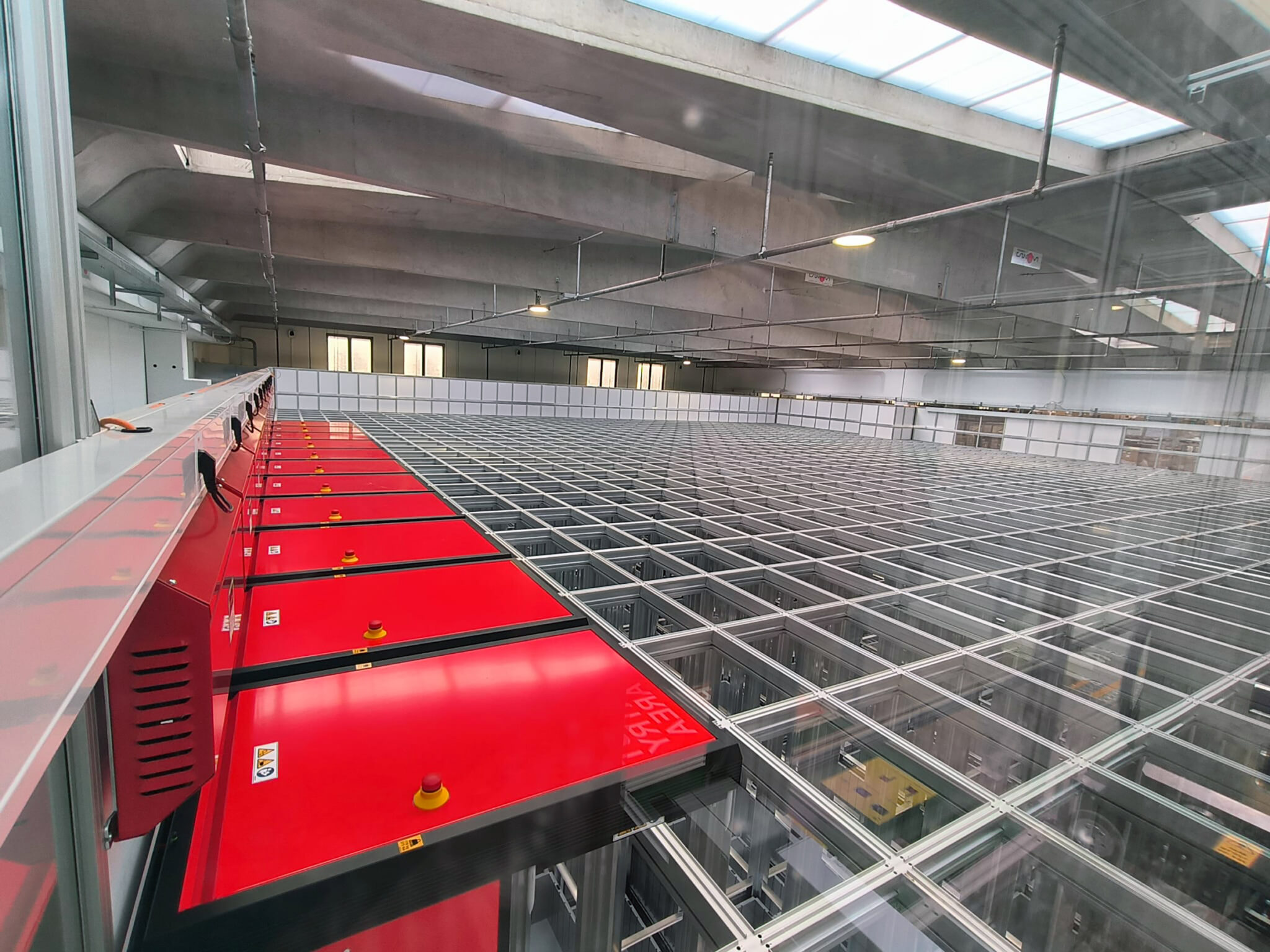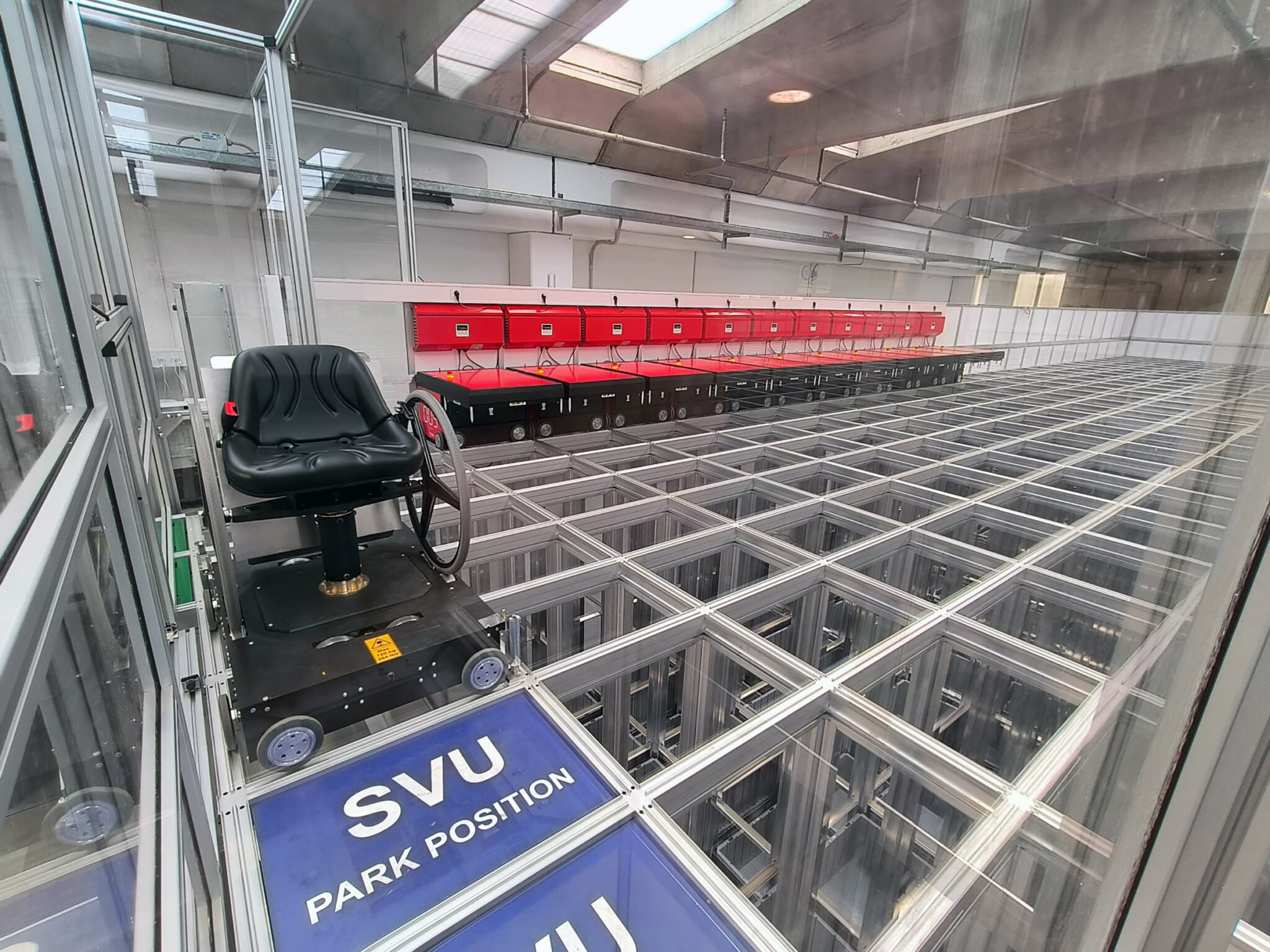The International Chamber of Shipping (ICS), in collaboration with the Transport and Logistics Bureau of the Government of Hong Kong, the Hong Kong Shipowners Association and the Hong Kong Maritime and Port Board, convened nearly 300 delegates from 28 countries, including ministers and senior policymakers from 12 nations, the European Commission and international organisations, with CEOs of companies from the maritime value chain, today at the Hong Kong Global Trade Summit.
With global focus on trade the Summit addressed the challenges facing maritime trade including growing political tensions, the proliferation of protectionism and the increasingly unpredictable and disruptive global landscape.
Opening the Summit, International Chamber of Shipping Chairman Emanuele Grimaldi set the scene:
“As the world recovers from the COVID pandemic this system [the global maritime transportation system] of free trade faces significant challenges due to an increasingly volatile geopolitical environment, including threats to long-standing free-trade principles and the global maritime regulatory framework. The growing pressure of geopolitical tensions, changing political dynamics and threats to traditional norms are all creating a climate of uncertainty. The urgent need to address climate change is putting food security, energy supplies and the risk to the global economy firmly on the radar.
“We also recognise that the success of our industry is intertwined with the success of nations. At a time of increasing disruption and volatility we must seek to bring greater understanding to reduce risk and support global trade. No one wins if we all lose, so we need to find ways to ensure that we can all prosper….we already have the structures and institutions to find solutions…in our rush to address problems please remember what we already have and use them, empower them to deliver for us.”
Secretary General of the International Maritime Organization (IMO), Arsenio Dominguez, provided a keynote address and reiterated the importance of collaboration and global regulations: “It is only by working and engaging with each other that we can find solutions to the risks and disruptions that arise…I emphasise here the need for cohesive global regulations. Shipping is inherently international and unilateral and regional rules can undermine the regulatory framework agreed upon at IMO…Shipping underpins world trade. Everyone depends on shipping for the things people need and want.”
Speaking on the IMO 2023 GHG strategy and the clear ambition for international shipping to reach net zero emissions by or around 2050 Dominguez added, “Member states remain strongly committed to achieving this goal. Currently mid term measures are being developed, including a GHG fuel standard and an economic pricing mechanism, which will be finalised by the end of 2050.”
Many participants at the Summit took the opportunity to highlight the plight of the Galaxy Leader crew on the almost one-year anniversary since being taken captive on the 19 November by Yemeni insurgents. It is abhorrent that seafarers were seized by such forces and that they have been kept from their families and loved ones for this long. Industry calls on States with influence to assist in this matter.
The high-profile Summit, titled ‘Risk and resilience in an age of disruption’ took place at the Hong Kong Convention and Exhibition Centre just before the official opening of Hong Kong Maritime Week. The event was expertly moderated by Former BBC Science Editor and Visiting Professor in Practice, London School of Economics, David Shukman.
Closing the Summit was a conversation between Johanna Hill, Deputy Director General of the World Trade Organization (WTO), and Shukman. The final session brought out some interesting insights and reflections. Hill said, “The shipping industry has deep pride for the work that it is doing. It’s international nature, the critical role it plays in international trade, and the well-being of its seafarers and the well-being of society as a whole…In the trade world we see shipping as an integral part of the business that we are doing, and that is why we are here today….I welcome very much the support to a free and open trading system.”
similar news













